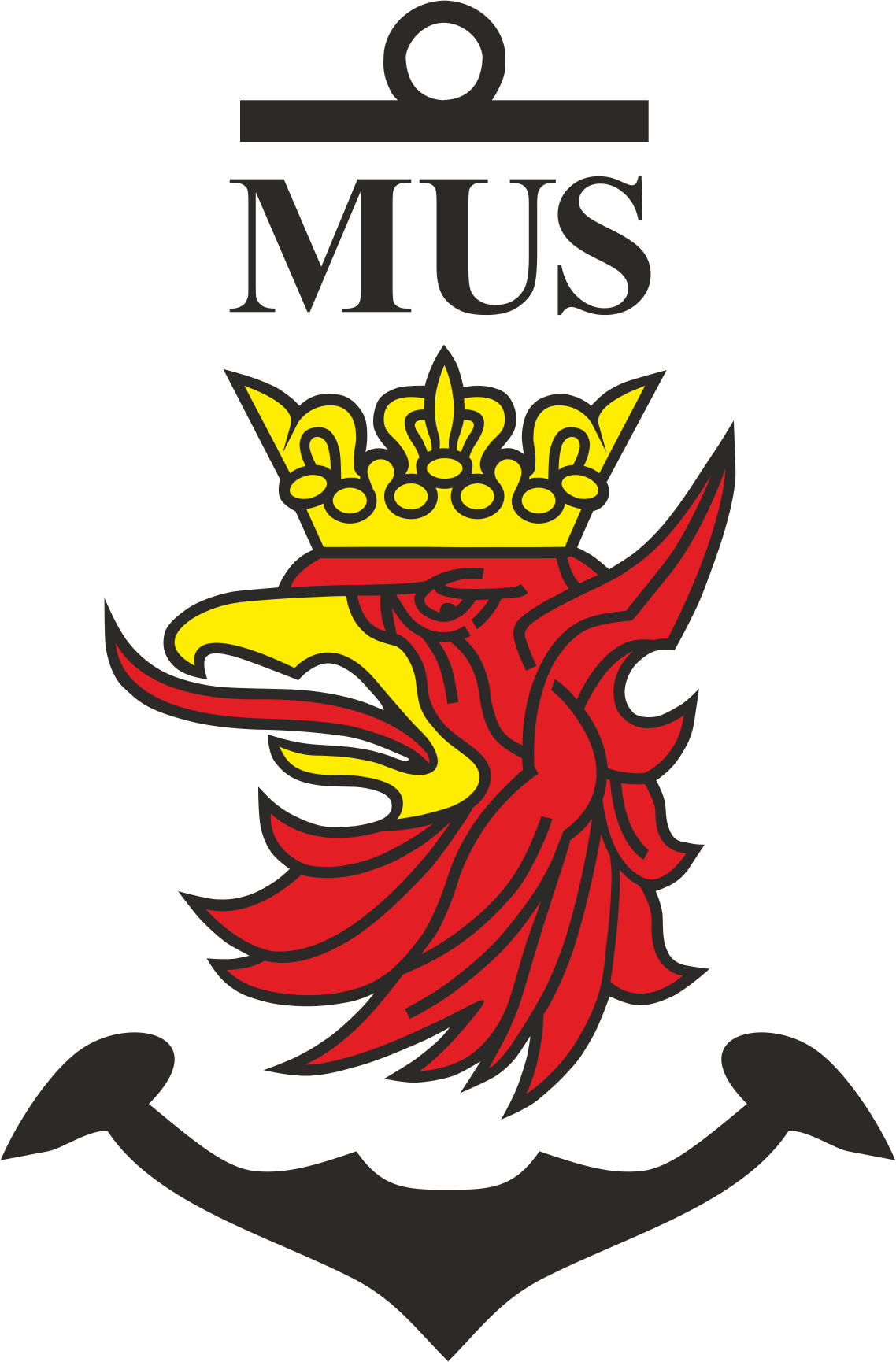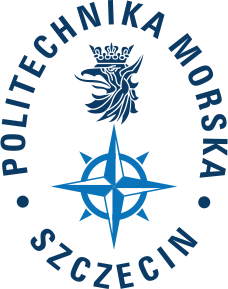Scientific publications Adam Kowalski
Title: The impact of the underwater hull anti-fouling silicone coating on a ferry’s fuel consumption
Author/Authors: Adam Kowalski
Place of publication: Journal of Marine Science and Engineering pp.1-13
Year: 2020
Keywords: ferry navigation, fuel consumption, hydrometeorological conditions, main engine load, marine traffic engineering, restricted areas, silicone, anti-foulinf coating
Abstract: There are well-known specifics of ro-pax ferry shipping, such as the time factor as a consequence of keeping a regular timetable and the priority given to minimizing heeling, pitching, and rolling caused by maximum focus on passenger comfort and ro-ro cargo safety. It is also extremely important to control the ferry’s fuel consumption, being one of the most
important cost components. The aim of the article is to draw the attention of shipping company managers to the great potential that lies in the use of routine operational data, collected exclusively on board the ferries. It is worth noting that the research in this paper is based on standard office software packages rather than advanced statistical methods of data analysis, which are usually not accessible for shipping managers. Contrary to typical ocean-going vessels, there are a number of factors that need to be taken into consideration when analyzing ro-pax ferry fuel consumption. Moreover, these factors occur, in many cases, accidentally and, thus, they are difficult to observe on board the ferry without utilizing expensive and time-consuming methods.The possibility of fuel control is important not only for economic reasons but also due to air pollution caused by engine exhausts. The article presents an estimation of increased fuel consumption caused by the degradation of the hull silicone anti-fouling coating. The presented estimations of fuel consumption may be treated as the base for calculations of the economic effectiveness of ferries.The attempt to resolve the above-mentioned problem was made on the basis of research on a real ferry, which took place on the Świnoujście-Trelleborg line between 2007 and 2019.
Website adress (link) to the full text of the publication: full text
DOI: 10.3390/jmse8020122
Chapter in a monograph: Nawigacja pilotażowa - aspekty praktyczne
Monograph: Nawigacja pilotażowa. Nawigacja na akwenach ograniczonych
Author/Authors: Jan Dzwonkowski, Maciej Gucma, Stanisław Gucma, Adam Kowalski
Place of publication: Wydawnictwo Akademii Morskiej w Szczecinie
Year: 2019
Keywords: pilot navigation, navigation accidents, restricted area, pilot navigation, critical points of pilot navigation
Abstrakt: The book comprehensively covers contemporary aspects of safe navigation in restricted areas. Coordinate systems, methods and criteria for its selection in order to determine the ship’s position during pilotage are described. The paper presents modern navigation systems based on electronic charts technologies that support ship sailing in restricted areas. The content of the book ends with a description of practical procedures and a set of guidelines aimed directly to captains and pilots undertaking the piloting of a sea-going vessel.
ISBN 978-83-64434-27-3
Title: A simulation method to determine the safe operating conditions for designed sea-going ferries
Author/Authors: Stanisław Gucma, Jarosław Artyszuk, Rafał Gralak, Adam Kowalski
Place of publication: Scientific Journals of Maritime University of Szczecin
Year: 2018
Keywords: safe ferry operation conditions, ferry maneuvering simulation, sea ferries design, navigation safety, sea simulation
Abstract: The presented method for defining the conditions of safe operation of marine ferries in ferry terminals allows verification of shipowner ferry designs. In the first stage of this method, simulations are used to determine the allowable wind speed. The second stage comprises simulations of ferry berthing aimed at defining safe manoeuvring areas, the energy of berthing impact and propeller stream speeds at allowable wind speeds. The method was used in the design of a
228 m long hybrid ferry.
Website adress (link) to the full text of the publication: full text
DOI: 10.17402/273
Title: Propozycja rozwiązania problemu bezpieczeństwa mijania się statków o maksymalnych rozmiarach w obecności jednostek rekreacyjnych na wejściu do portu Świnoujście
Author/Authors: Adam Kowalski
Place of publication: Inżynieria Morska i Geotechnika
Year: 2018
Keywords: passing ships safety in the presence of pleasure crafts, modification of port regulations, fairway for pleasure crafts, port pilotage
Abstrakt: Presentation of the navigation safety problems at the Świnoujście seaport entrance. The research concerning
the evaluation of the safety level of maximum size ships navigated at the Świnoujście entrance area in the presence and absence of small pleasure craft up to 20 m length conducted on the group of pilots and captains possessing pilot exemption certificate. The necessity of separating the traffic of small crafts and large ships due to safety reasons.
ISSN: 0867-4299
- SOURCE-WORK-ID: 5ec002c8ad49b31cced69678
Title: The chosen safety aspects of maximum size vessels passing in the presence of pleasure crafts at the Świnoujście Port entrance area
Author/Authors: Adam Kowalski
Place of publication: Scientific Journals of Maritime University of Szczecin
Year: 2018
Keywords: safety of navigation, marine traffic engineering, harbour approach, pleasure crafts, maritime pilotage, port rules, yacht marina
Abstrakt: Approaches to the port are usually considered high traffic areas. Not only deep draft vessels pass through this limited manoeuvring space, but also intensive pleasure craft traffic, especially during the summer season. Crossing of both commercial ships and pleasure craft traffic may generate dangerous situations for navigation. The aim of the following article is to present solutions to the aforementioned safety problem. The article focuses on the navigation safety aspects at the Świnoujście seaport entrance. Currently, Świnoujście-Szczecin Port Regulations take only large ships into consideration while specifying the safety passing at this area, at the same time, belittling the presence of small crafts up to 20 m in length. In order to prove the need for change, one should first present the necessary research concerning the evaluation of the safety level of maximum sized ships navigating at the Świnoujście entrance area in the presence or absence of small pleasure crafts. The surveys were conducted on a group of pilots and captains possessing pilot exemption certificates. The research findings clearly show that the traffic of small crafts and large ships should be separated due to safety concerns. Thus, marine traffic engineering solution is suggested in order to eliminate the most plausible dangers
Website adress (link) to the full text of the publication: full text
DOI: 10.17402/301
Monograph: Wybrane aspekty eksploatacji statku handlowego - poradnik kapitana
Author/Authors: Adam Kowalski
Place of publication: Fundacja Promocji Przemysłu Okrętowego i Gospodarki Morskiej
Year: 2017
Keywords: commercial ship operation, ship maneuvering practice, anchoring safety, ship documents, ship stability,
inland navigation of an ocean-going vessel, optimization of fuel costs
Abstract: The study is a captain’s guide, illustrated with examples and results of the author’s own thoughts, as a result of
constantly acquired knowledge and experience. Selected issues related to the operation of a commercial ship were presented. Being aware of the fact that, for obvious reasons, the publication does not cover all the knowledge that a captain should possesses, the following topics are discussed in this book: elementary principles of organizing the work of a captain on a ship; operational analysis of fuel consumption; control of stability calculations; specifics of pilot sea navigation on inland waterways; aspects related to ship anchoring; ship manoeuvres in extreme hydrometeorological conditions.
ISBN 978-83-60584-61-3
Title: Safety problems of anchoring in restricted areas in extreme hydrometeorological conditions
Author/Authors: Adam Kowalski
Place of publication: Scientific Journals of Maritime University of Szczecin
Year: 2016
Keywords: extreme hydrometeorological weather conditions, manoeuvring area, port regulations, restricted area, safe anchoring clause, slewing on anchor
Abstract: The aim of the following article is to analyse the lying of a vessel at anchor in extreme hydrometeorological conditions. As an example it describes the situation of the Panamax type bulk carrier anchoring in Prince Rupert harbour restricted area. The investigation takes into consideration the impact of strong wind on the safety of anchoring in sheltered waters. The presented calculations concern problems of slewing which result in changes of heading. The analysis also includes a description of the wind and current forces. The final part focuses on conclusions whose aim is to improve anchoring safety standards in areas managed by harbour authorities
Website adress (link) to the full text of the publication: full text
DOI: 10.17402/095


